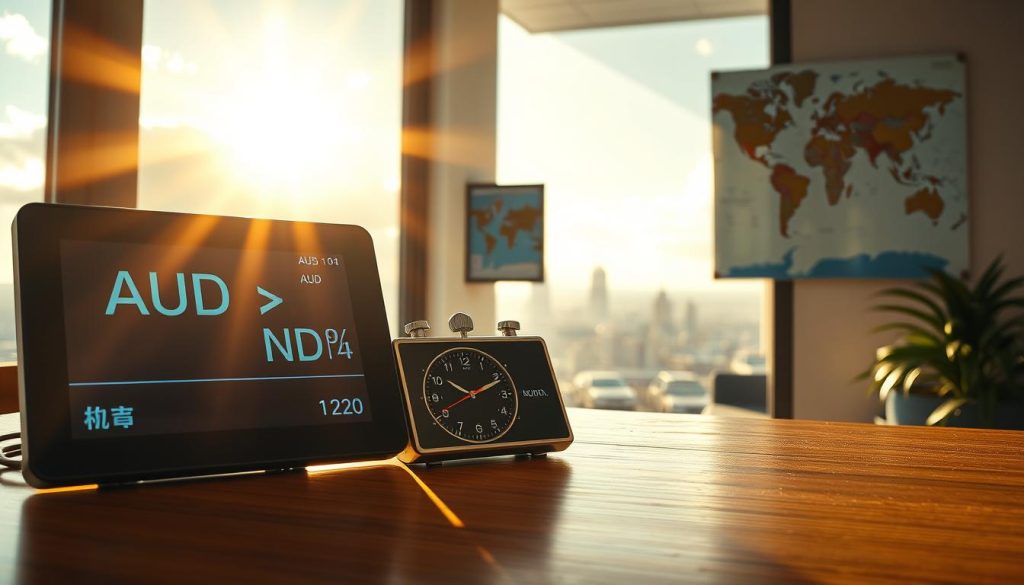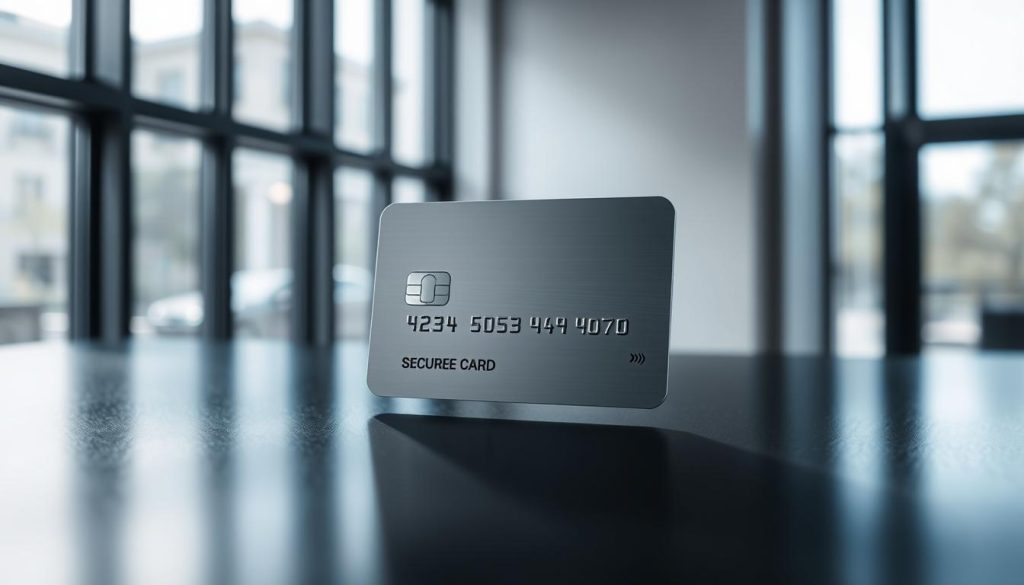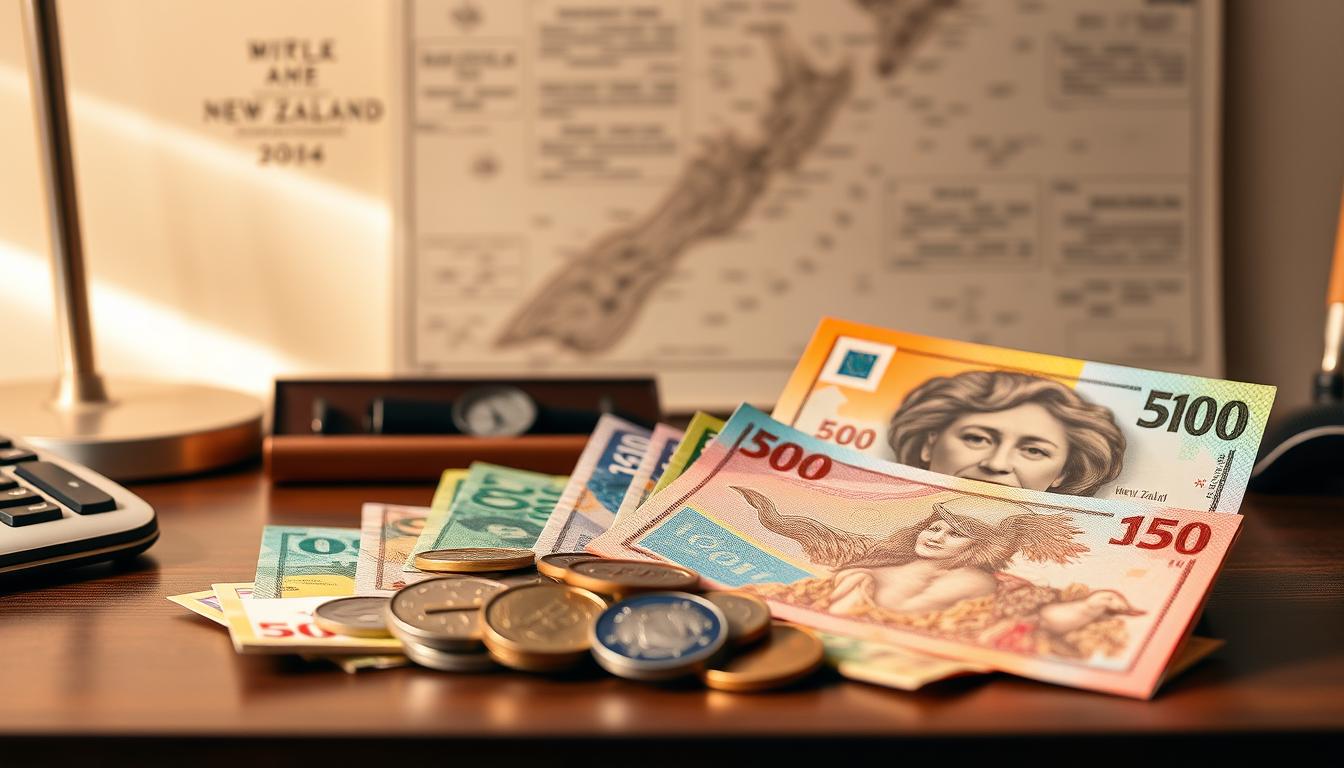✓ Accommodations✓ Flights✓ Rental Cars✓ Tours & Activities
Did you know that the New Zealand dollar (NZD) is one of the top 10 most traded currencies globally? This small island nation punches above its weight when it comes to its currency, making it essential for travelers to understand how it works.
Whether you’re planning a trip or sending money abroad, knowing about the Kiwi Dollar can save you time and hassle. This guide will walk you through everything you need to know, from its history to practical tips for managing your travel money.
With tools like the Wise card, you can avoid hidden fees and get the best exchange rates. This makes it easier to manage your finances while exploring New Zealand or handling cross-border transactions. Ready to dive in? Let’s get started!
Understanding New Zealand Currency & Its Evolution
From its origins to modern-day use, the Kiwi Dollar has a rich history. This currency reflects the nation’s economic growth and global influence. Understanding its evolution helps you appreciate its value today.
History of the Kiwi Dollar
The New Zealand dollar (NZD) was introduced in 1967, replacing the New Zealand Pound. This shift to a decimal-based system simplified transactions and aligned with global standards. The change marked a significant milestone in the country’s financial history.
In 1999, the nation adopted polymer banknotes, known for their durability and advanced security features. These notes are resistant to counterfeiting and last longer than traditional paper bills. This innovation reflects New Zealand’s commitment to modernizing its money system.
Transition from the New Zealand Pound
The move from the New Zealand Pound to the Kiwi Dollar was driven by economic and practical reasons. The decimal system made calculations easier for businesses and individuals. It also positioned the Zealand dollar as a competitive player in global trade.
Over the years, the NZD has evolved alongside the nation’s economy. Key sectors like agriculture, tourism, and trade have shaped its value. Today, the currency is widely recognized and used in international exchange markets.
Understanding this history gives you insight into the rate and stability of the NZD. Whether you’re traveling or sending money, knowing its background can help you make informed financial decisions.
Exchange Rates and the AUD to NZD Connection
Exchange rates are constantly changing, and staying updated can save you money. Whether you’re planning a trip or sending funds abroad, understanding the AUD to NZD exchange rate is crucial. This rate determines how much you’ll get when converting your money, so monitoring it in real time is essential for making informed decisions.

Real-Time Currency Converter Tools
Modern tools like Western Union’s currency converter make it easy to track fluctuations in the AUD to NZD rate. These tools provide live updates, ensuring you always have accurate information at your fingertips. By using a reliable app or online platform, you can avoid surprises and get the best value for your money.
Real-time tools are especially helpful for travelers and businesses. They allow you to plan your expenses and transfers more effectively. With just a few clicks, you can compare rates and choose the right time to make your exchange.
How Economic Factors Influence Rates
The AUD to NZD rate is influenced by various economic factors. Trade balances, interest rates, and commodity exports all play a role in shaping the value of these currencies. For example, strong economic data from Australia or New Zealand can boost their respective currencies.
Global events, such as trade agreements or political uncertainty, can also impact the exchange rate. By staying informed about these factors, you can better predict trends and make smarter financial decisions. Tools that provide real-time updates and economic insights are invaluable for this purpose.
Understanding the connection between economic indicators and the rate helps you navigate the complexities of currency exchange. Whether you’re traveling or managing cross-border transactions, this knowledge can save you time and money.
Navigating Currency Conversion in New Zealand
Managing your finances while traveling doesn’t have to be stressful. With a few practical tips, you can convert funds efficiently and avoid unnecessary fees. Here’s how to make the most of your travel budget.
Practical Tips for Converting Funds
Start by comparing fees from different providers. Hidden costs can add up quickly, so choose platforms with transparent pricing. Trusted services like Wise or local banks often offer better rates than airport kiosks.
Plan your fund transfers in advance. This ensures you have enough local currency when you arrive. It also helps you avoid last-minute exchanges, which often come with higher fees.
Make sure to monitor exchange rates closely. Rates fluctuate daily, and locking in a favorable rate can save you money. Use real-time tools to track trends and make informed decisions.
Finally, set a travel budget. Knowing how much you’ll spend on meals, activities, and accommodations helps you convert the right amount of money. This prevents overspending or running out of cash during your trip.
Sending Money to New Zealand: Seamless Transfers
Transferring money across borders doesn’t have to be complicated. With trusted platforms like Western Union, you can send funds securely and efficiently. Whether it’s for education, business, or travel, knowing your options ensures a smooth transaction.

Benefits of Using Western Union
Western Union stands out for its reliability and user-friendly approach. You can send money through multiple channels, including online, in-person, or via their app. This flexibility makes it a top choice for international transfers.
One of the key advantages is its competitive fee structure. Unlike traditional banks, Western Union provides clear information upfront, so you know exactly what you’re paying. This transparency helps you budget effectively and avoid hidden costs.
Transparent Fees and Real-Time Updates
Real-time tracking is another standout feature. You’ll receive notifications at every stage of the transaction, from when the funds are sent to when they’re received. This minimizes surprises and ensures peace of mind.
Western Union also offers live exchange rate updates, so you can lock in the best rate for your transfer. This is especially useful for managing large sums or planning ahead for expenses.
| Feature | Western Union | Traditional Banks |
|---|---|---|
| Transparency | Clear fee structure | Hidden fees common |
| Speed | Real-time updates | Delayed notifications |
| Convenience | Multi-channel options | Limited to branch or online |
Using a trusted service like Western Union simplifies the process of sending money abroad. With transparent fees, real-time updates, and reliable support, you can focus on what matters most—your goals, not the logistics.
Alternative Options with the Wise New Zealand Dollar Travel Money Card
The Wise card is a game-changer for managing your finances abroad. Whether you’re exploring a new country or handling international transactions, this innovative tool offers unmatched convenience and cost-efficiency. It’s designed to simplify your spending while keeping fees low.
Advantages of the Wise Card
The Wise card stands out for its mid-market exchange rate, which ensures you get the true value of your money. Unlike traditional banks or other providers, there are no hidden fees. This makes it a reliable choice for converting and spending in the official currency of your destination.
Another key benefit is its versatility. You can hold and manage over 50 currencies in one account. This eliminates the need for multiple cards or accounts, saving you time and effort. Plus, the Wise app allows you to top up your balance in real time, giving you full control over your funds.
Avoiding Hidden Fees at ATMs and Online
One of the biggest frustrations with traditional services is unexpected fees. The Wise card solves this problem by offering transparent pricing. You’ll know exactly what you’re paying for ATM withdrawals and online payments, with no surprises.
For example, you can make two free withdrawals of up to NZ$350 per month. Beyond that, the fees are minimal compared to other providers. This makes it an ideal choice for frequent travelers or those managing cross-border transactions.
Comparison of Wise Card vs. Traditional Services
| Feature | Wise Card | Traditional Providers |
|---|---|---|
| Exchange Rate | Mid-market rate | Marked-up rate |
| Fees | Transparent, low | Hidden, high |
| Currency Options | 50+ currencies | Limited |
| Convenience | Real-time top-up | Delayed processing |
Using the Wise card prepares you for seamless financial transactions on your trip. Its modern features and cost-saving benefits make it a top choice for savvy travelers. Say goodbye to hidden fees and hello to hassle-free spending.
Paying by Card and Using ATMs in New Zealand
Navigating payments and cash withdrawals abroad can be straightforward with the right tools. Whether you’re using a debit card or credit card, understanding the best practices ensures a smooth experience. This section covers secure digital payment methods and tips for finding ATMs and banking facilities.

Secure Digital Payment Practices
When paying by card, always opt for reputable networks like Visa or MasterCard. These are widely accepted and offer better security features. Avoid using public Wi-Fi for transactions, as it increases the risk of fraud. Instead, use secure networks or mobile data for online payments.
Notify your bank or card provider before traveling. This prevents your card from being blocked due to suspicious activity. Additionally, consider using a debit card for cash withdrawals and a credit card for larger expenses. This helps you manage your budget effectively.
Locating ATMs and Banking Facilities
ATMs are widely available in major towns and cities. They are often located outside banks, shopping centers, and airports. Use mapping tools to find the nearest one. Always choose local currency transactions to avoid extra conversion fees.
Most banks operate from 9:30 AM to 4:30 PM, Monday to Friday. If you need to exchange currency, visit a bank branch for better rates compared to kiosks. Keep your identification handy, as some ATMs may require it for withdrawals.
By following these tips, you can ensure secure and convenient financial transactions during your trip. Stay aware of your spending methods and track your transactions on the go for added peace of mind.
Planning Your Trip: Budgeting and Currency Tips
A well-thought-out budget ensures you enjoy your journey without financial stress. Whether you’re exploring a bustling city or serene landscapes, managing your money wisely is essential. Start by estimating your daily expenses, including accommodation, meals, and activities. This helps you set a realistic budget and avoid overspending.
Managing Money While Traveling
Set aside funds for unexpected costs. Emergencies or spontaneous activities can arise, so having a buffer ensures you’re prepared. Use financial apps to track your spending in real time. Tools like Wise or budgeting apps help you stay on top of your expenses and adjust as needed.
Combine cash with digital payments for flexibility. While cards are widely accepted, having some local currency is useful for smaller vendors or remote areas. This balance ensures you’re covered in all situations.
Plan ahead for money transfers. If you need to send or receive funds, choose platforms with transparent fees and favorable exchange rates. Services like Western Union or Wise offer reliable options for seamless transactions.
Finally, monitor your account regularly. This helps you spot any unauthorized transactions and keeps your finances secure. By staying organized and proactive, you can focus on enjoying your trip without worrying about money.
Online Payment Security When Traveling Internationally
When traveling internationally, ensuring the safety of your digital transactions should be a top priority. With the rise of online payment methods, protecting your financial information is crucial. A single mistake can lead to fraud or data theft, making it essential to follow best practices.

Best Practices for Safe Digital Transactions
Always verify the security of websites before entering your payment details. Look for “https://” in the URL and a padlock icon in the address bar. These indicate that the site uses encryption to protect your data.
Use trusted payment methods like Apple Pay or PayPal. These platforms add an extra layer of security by not sharing your credit card details directly with merchants. This reduces the risk of your information being compromised.
Avoid using public Wi-Fi for transactions. Unsecured networks are a common way for hackers to access sensitive information. Instead, use a secure connection or a virtual private network (VPN) to safeguard your data.
Risks of Unsecured Networks and How to Avoid Them
Public Wi-Fi networks, such as those in cafes or airports, are often unencrypted. This makes them a prime target for cybercriminals. Always connect through major telcos or use a VPN to encrypt your connection.
Never save your credit card details on public devices or shared computers. This is a simple way to prevent unauthorized access to your accounts. Log out of all accounts after use and clear your browsing history.
Protecting Your Funds and Personal Data
Regularly monitor your bank and credit card statements for suspicious activity. Early detection can help you address issues before they escalate. Many banks offer real-time alerts for transactions, which can be a valuable tool.
By following these tips, you can ensure that your online payments are secure. This not only protects your funds but also gives you peace of mind while traveling. A little caution goes a long way in safeguarding your financial and personal information.
| Security Measure | Why It Matters |
|---|---|
| Use HTTPS websites | Encrypts data to prevent interception |
| Avoid public Wi-Fi | Reduces risk of data theft |
| Use trusted payment methods | Adds an extra layer of security |
| Monitor accounts regularly | Helps detect unauthorized activity |
New Zealand: Ultimate Travelers Guide to Currencies & Payments – Leveraging Official Currency Services and Banks
Making smart financial decisions starts with choosing the right currency services. Whether you’re traveling or sending funds abroad, official channels like banks and verified providers offer reliability and better rates. This ensures you get the most value for your money while avoiding unnecessary fees.
Finding Banks and Currency Providers
Locating official banks and currency providers is easy with modern tools. Most major cities like Auckland, Wellington, and Queenstown have branches and ATMs conveniently placed. Use online locator tools or apps to find the nearest bank or provider when you need to exchange funds.
Banks often offer slightly better exchange rates compared to airport or hotel kiosks. They also provide added security, ensuring your transactions are safe. If you’re unsure where to start, check the websites of major banks for branch locations and operating hours.
Benefits of Official Exchange Services
Using official exchange services comes with several advantages. First, they offer competitive rates, saving you money on conversions. Second, they are transparent about fees, so you know exactly what you’re paying. This is especially helpful when dealing with large sums or frequent transactions.
Another benefit is the ability to handle coin exchanges. While some providers may not accept foreign coins, official services often do. This ensures you can convert all your currency without hassle.
Finally, official channels provide peace of mind. Whether you’re withdrawing cash or sending money, you can trust that your transactions are secure. This makes them a reliable choice for travelers and businesses alike.
By leveraging official currency services and banks, you can make smarter financial decisions. Avoid hidden fees, get better rates, and enjoy a seamless experience. Start planning your transactions today to ensure a stress-free trip.
Conclusion
Understanding the financial landscape of your destination can make your trip smoother. From the evolution of the currency to modern tools like real-time exchange rate trackers, managing your money doesn’t have to be daunting. Secure services like Western Union and the Wise card offer transparency and convenience, ensuring you get the best value for your funds.
Planning ahead is crucial. Set a budget, monitor rates, and use official providers to avoid hidden fees. Whether you’re using a debit card, withdrawing cash from an ATM, or making digital payments, staying informed helps you make smarter decisions.
By following these tips, you can confidently handle your finances while traveling. Start planning today to enjoy a stress-free and memorable experience. Smart money management is the key to making the most of your journey.
The above is subject to change.
Check back often to TRAVEL.COM for the latest travel tips and deals.






